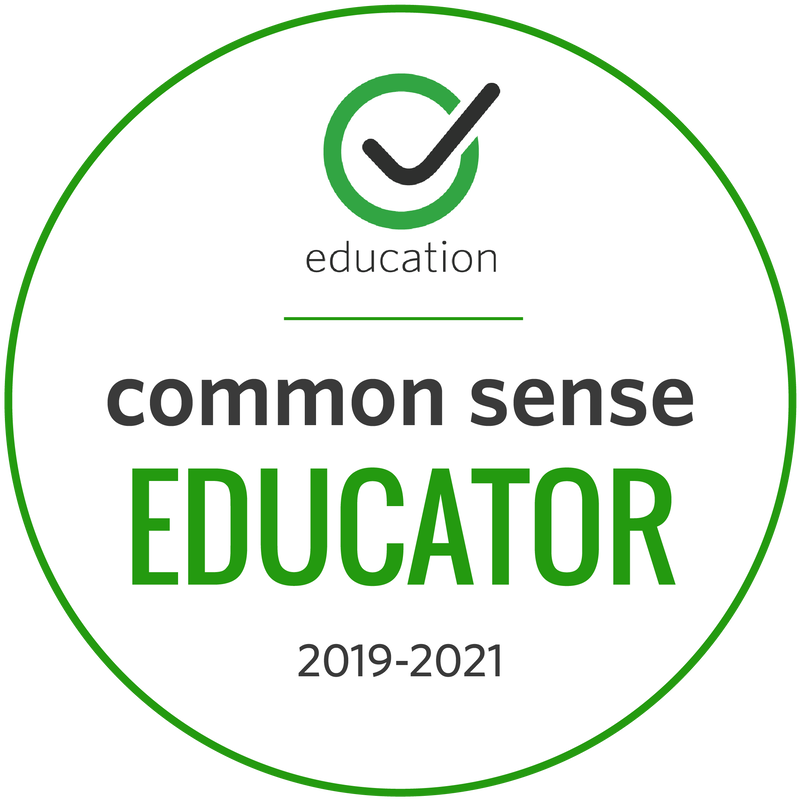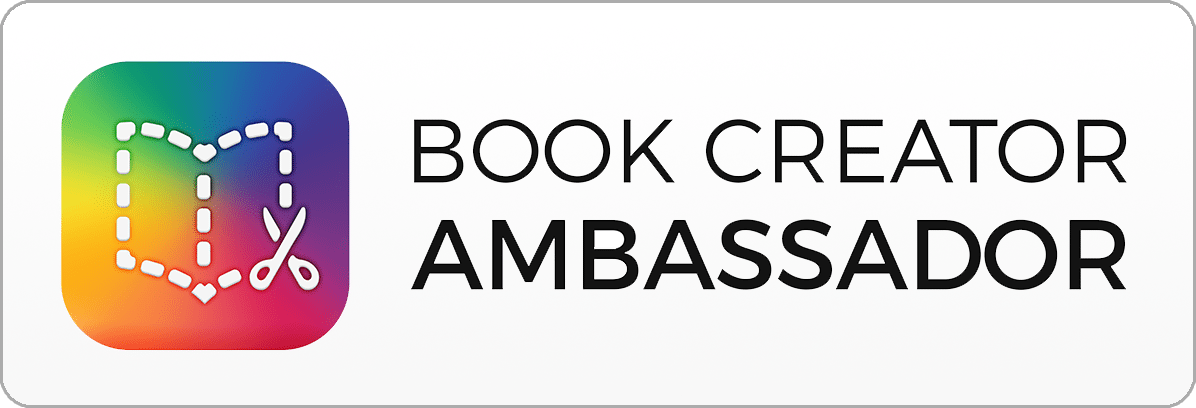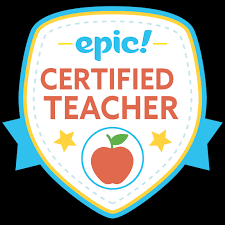|
To me, a coach is someone who empowers teachers. I love knowing that because someone has taken the time to sit with me and think things through with a partner, the experiences of their students are improved. Through structures, relationship building, voluntary involvement, access to coaches, and documentation, a teacher can gain clarity on innovative practices in their classroom.
Having structure in a coaching cycle is important to me. I like the comfort it provides to teachers with expectations and clarity on what it looks like when they work with me. These could be department-wide expectations, so teachers know what to expect (generally) when working with any coach at a school, or they could be specific to me and my style of coaching. Personally, I usually use Google’s 5-Step, Challenge-Based Coaching model to provide these expectations. I find this cycle extremely intuitive and easy to document. I am also very familiar with the work of Jim Knight, and I believe his Impact Cycle is embedded. In this model, I usually work with a teacher for around 6 weeks, depending on their goal and the structure of the school year. We start by gaining a “clear picture of reality” (Knight, 2023) when goal-setting. Then we brainstorm some known strategies the teacher could use to reach their goal. Usually, I would end the first meeting here and do some further research for the teacher to provide more options. After reviewing multiple strategies, I ask the teacher to choose the one that gives them “the most energy” (Knight). We start with the teacher’s choice and make a plan to move forward with implementation. For the next 5-or-so weeks, we meet weekly to reflect. Depending on the goal, I may also come into their classroom to model, co-teach, or collect data. Often, this is data the teacher either does not see or has not had time to collect themselves. This process has been extremely effective with the teachers I work with. Weekly reflection keeps the teacher accountable and gains momentum in completing their goal. Usually, a natural ending point arises (or sometimes a new goal, and we start again!) at this point, we reflect on what was useful for them about participating in a coaching cycle. This reflection helps the teacher confirm that having a coach to partner with was helpful in their growth and in student outcomes. It also helps me improve my practices for future coaching cycles, with this teacher or another. Building relationships is the foundation of coaching work. If teachers are not comfortable being vulnerable with a coach, the relationship may not work. In fact, teachers may not sign up to be coached if they do not have a good working relationship with at least one coach at the school. As a new coach, this can be difficult. In my experience, I can say it takes around one year to establish these relationships well enough to have a consistently full week of coaching teacher-clients in a school if you work within one division (depending on the size of the school). As a K-12 coach, this is taking me longer, as I naturally focused on one division first, while still being open to coaching all divisions (and advertising it that way). These relationships are important because of another belief I have - that coaching should be voluntary. This can mean that building a coaching program may take more time, but I think the voluntary nature of teachers committing to a coaching cycle when they are ready is important. This helps teachers see that coaching is not happening because of a deficit but rather it helps teachers improve their teaching practices. This being said, there is a grey area that I could be swayed into a different model. When I was a teacher and experienced my first coaching cycle with a math coach, it was mandatory. However, everyone in the division was participating in some sort of coaching cycle, and we got to choose whether it was in math, literacy, or peer coaching. At the beginning of a coaching program, I can see how this is beneficial. In my own experience, I was a little bit reluctant at first (I don’t know that I would have volunteered to be coached), but going through the process made me understand how it works and how valuable it is. I can envision having the first year or two of a coaching program (or in your first 1-2 years of being a teacher at the school) with mandatory coaching for everyone and then phasing into a voluntary program to see how many teachers continue to volunteer to be coached. In order for any of this to happen, teachers need visible access to coaches. In my experience, this has meant a Google Form for registering interest in a coaching cycle or coaching experience, dedicated time at at least one, if not more, staff meetings to discuss what coaching is and how teachers can benefit, a website to house reminders and information about coaching at the school, a monthly Coaches’ Corner emailed and posted in areas with high staff traffic (staffrooms, bathrooms, etc), sharing coaching stories and successes, training for teachers and admin on coaching conversations, peer coaching, questioning, and listening, and having leaders be coached. I also had a principal model his vulnerability by making it known that he was video recording a morning briefing to watch back himself and discuss with a coach how he could improve. Reminders and visible access are crucial in helping a coaching program succeed. I also believe that documentation of all of this is important. I always document discussions for teachers and give them the option to add to the document. Sometimes this includes photo evidence, and sometimes it is verbal reflections written down. Teachers all respond differently to the document, but I find that having a consistent approach to documentation helps me and the teacher-client stay on track, remember what we discussed, and where we came from when we began working on the goal. As I have learned from writing blogs in my professional journey, documenting is an important aspect of reflection. If I can help a teacher do this, I am very happy to do so! Coaching has changed my perspective on education. As a teacher, it allowed me to be more collaborative and responsive, looking at data to support what I was innovating in my classroom. As a coach, it helps me to see areas of need or support across the school. I can pass this information along to principals and the Office of Learning to make informed decisions about professional learning experiences. Coaching provides a safe space for teachers to experiment with their practices and improve student experiences.
0 Comments
|
Cindy KaardalPassionate Educator and Innovation Coach. Archives
July 2024
Categories
All
|











 RSS Feed
RSS Feed